Industrial CT Scanning Reporting Methods
Types of Reporting for CT Scanning
This post highlights a few methods of reporting we offer for Industrial CT scanning. The measured piece is a medical curing light housing that, after a change in production, developed significant gaps throughout the assembly.
We were able to measure gap widths, locations, and understand where the internal gasket was less effective.

CAD Profile Overlay
Profiling is the ultimate strength of scanning – we can fully profile a part or assembly using millions of points to understand fit and function.
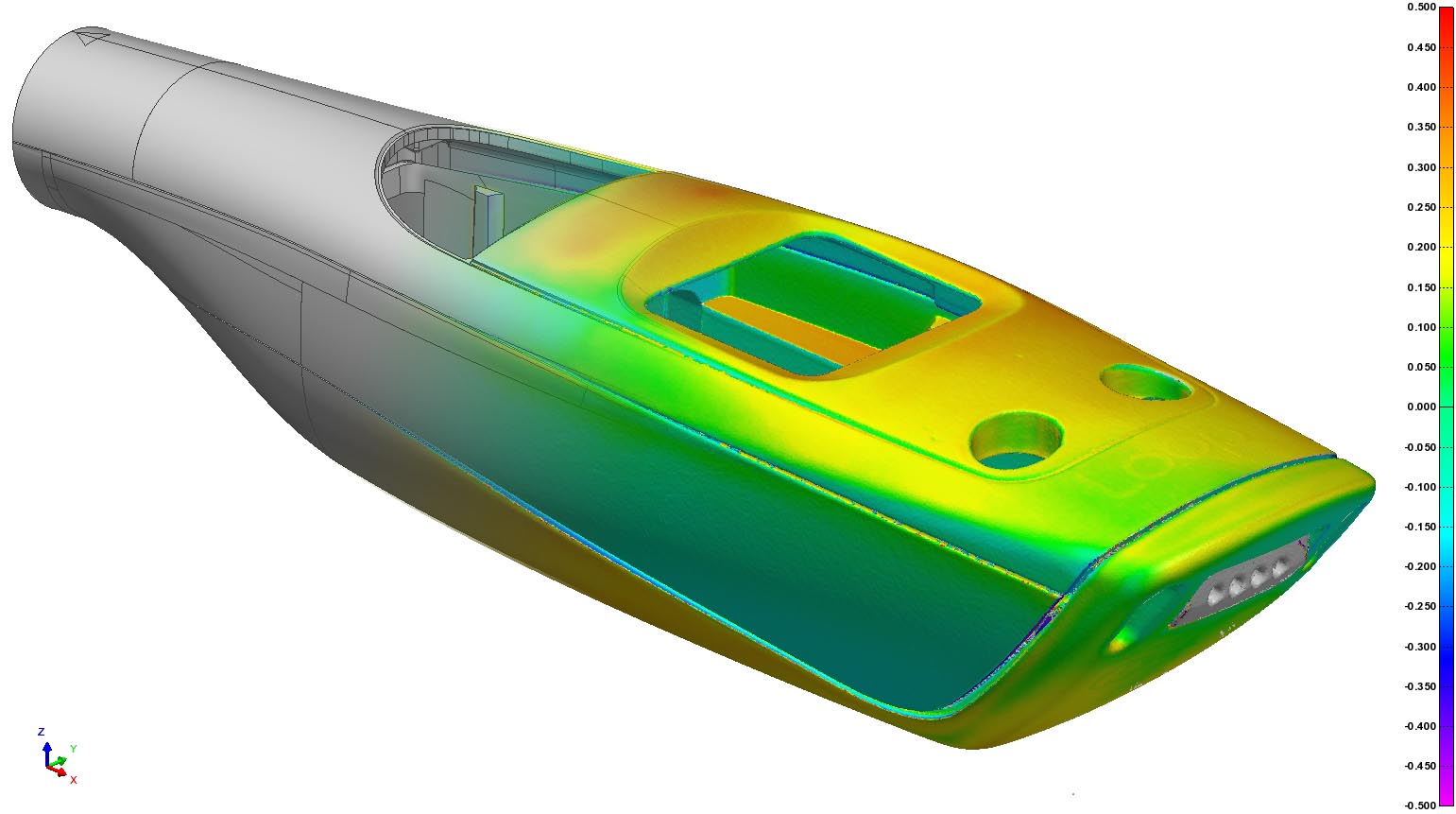
Dimensional Analysis
Measurements can be extracted from scans using drawing specifications to determine if a part is acceptable.
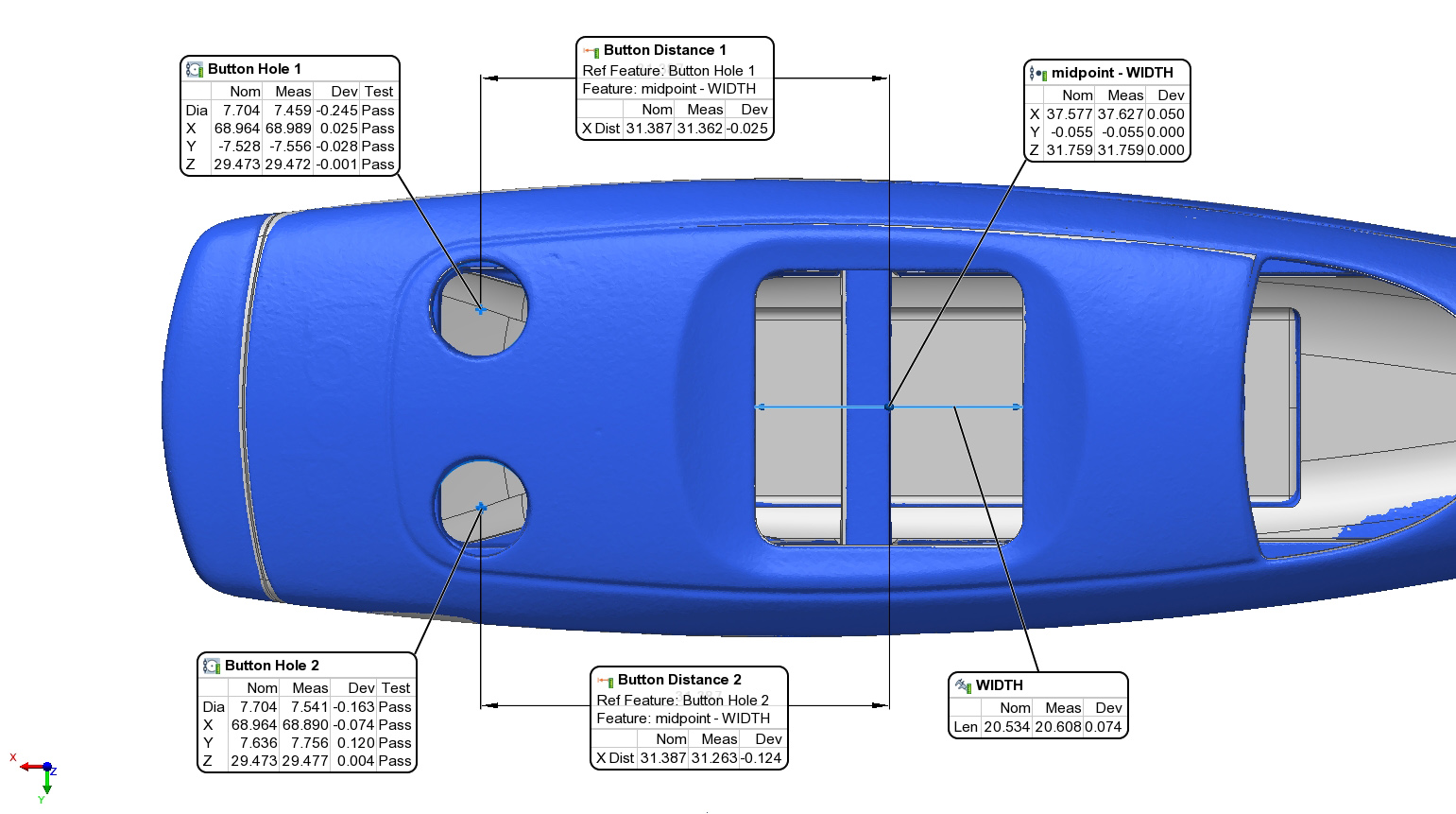
Non-Destructive Internal Measurements
Because of CT we can perform profiling and measurements internally and non-destructively. Before we would need to scan each component separately or cut parts which would introduce new variables to the measurements.
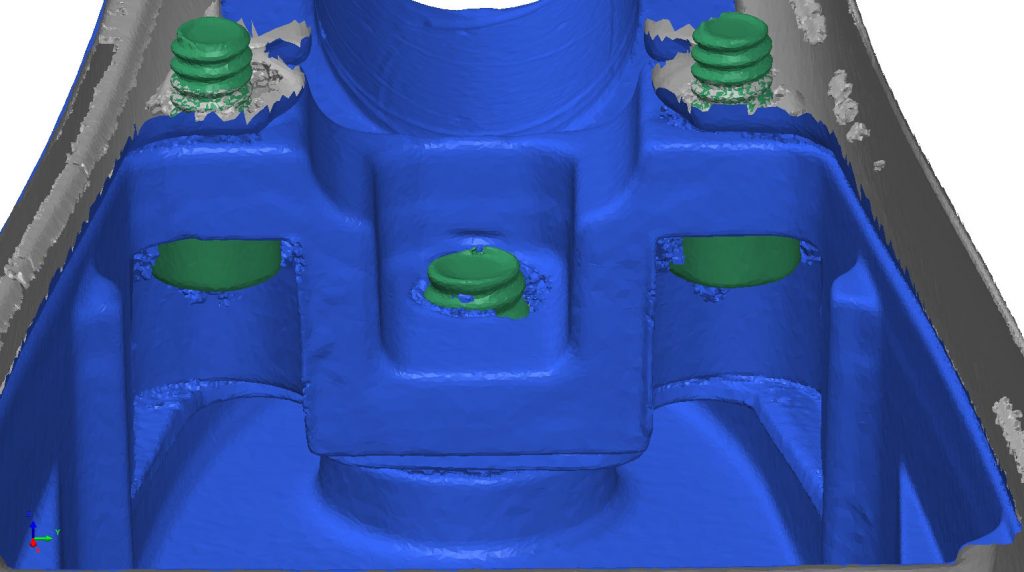
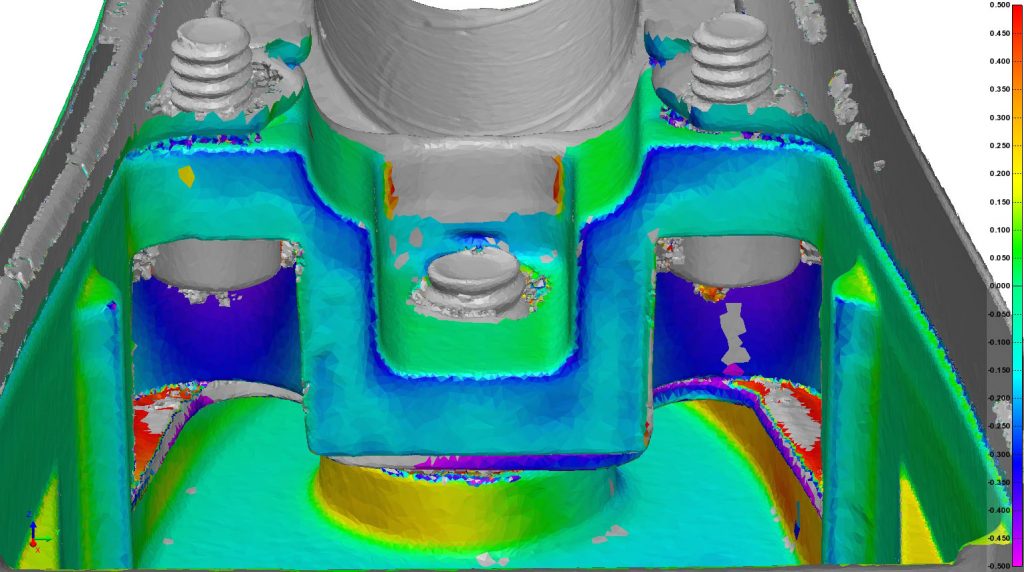
2D Slice Analysis
Slice data is reconstructed CT data in its rawest form. Multiple materials can be deciphered from gray values to understand material changes. Dark or light, non-uniform specks indicate porosity or inclusions, and the gasket can clearly be seen alongside the aluminum components.

2D Walkthrough Videos
Videos are useful for understanding when trying to capture variable data that may be missed from just a handful of images.
3D Porosity Meshing for FAE
Extraction and exporting of porosity in .stl or similar scan files is useful to our clients in their own FAE or measurement softwares. This is most commonly paired with mold flow analysis to control pore cluster density and location.

Cross-Sectional Porosity Analysis
Cross-sectional porosity analysis is useful when clients care most about porosity in specific locations, but the density is so much that visibility is unclear. Exact locations can be specified using CAD coordinate systems.
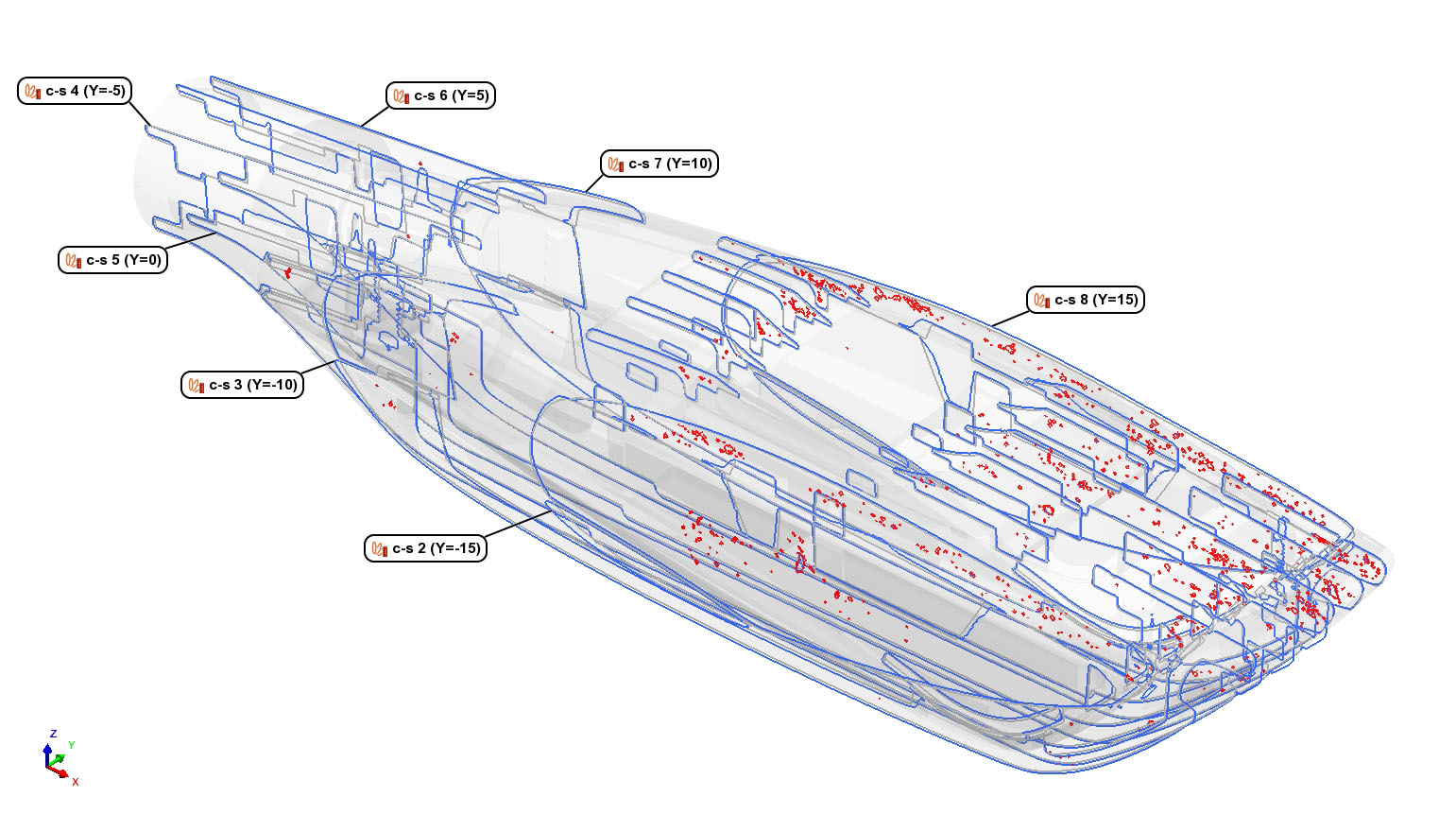
Fit & Function of Complex Assemblies
CT Scanning allows the capture of data in otherwise difficult scanning locations due to opposing fields of view in laser and LED scanners.

3D Rendering & Pore Thickness
3D Rendered data using Sketchfab or softwares is the most tangible option for exploring where part defects are. We can export color-mapped .ply files to include pore volume or pore thickness data.




